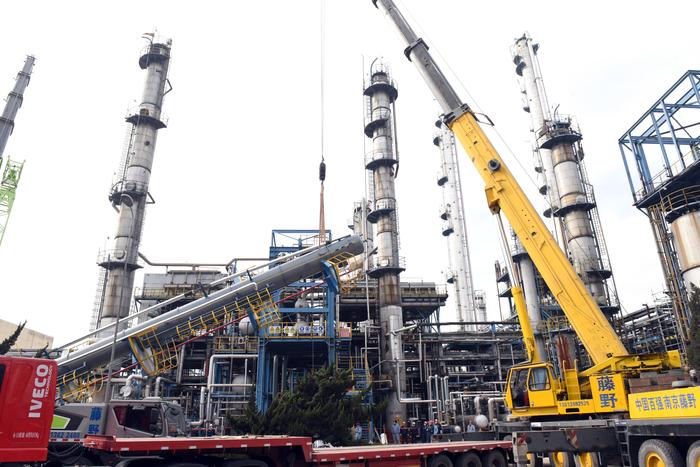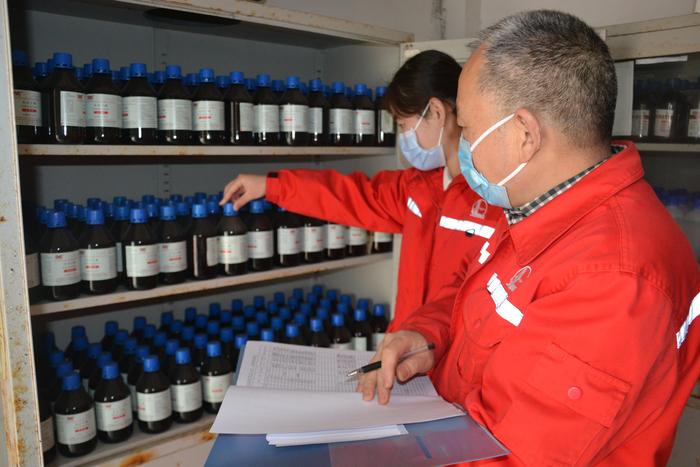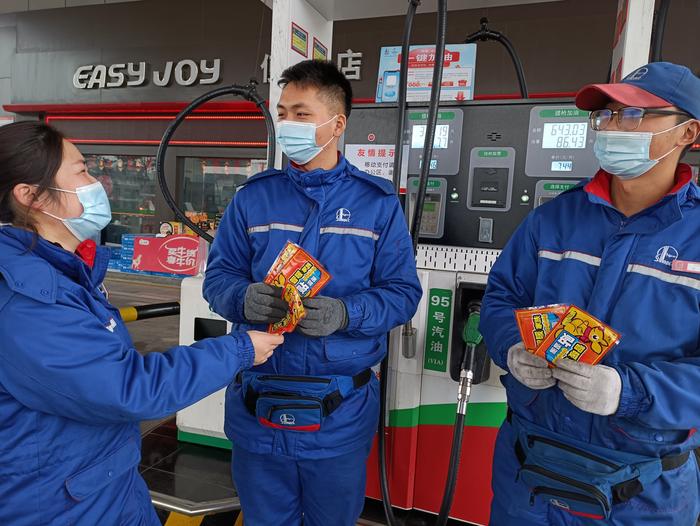|
| 2021-01-26 来源: 中国石化新闻网 |
| 石化新闻 |
中国石化新闻网讯 据彭博新闻社2021年1月19日伦敦报道,布伦特原油和西德克萨斯中质油期货的总持有量已攀升至去年5月份以来的最高水平。与此同时,从高盛集团到摩根大通等银行都认为市场前景光明,一些大型对冲基金也在谈论大宗商品进入定价超级周期。 未平仓合约的激增标志着,油价暴跌至零以下的后果出现了逆转。油价跌至零下方,导致全球原油产量大幅下降,同时消费大幅下降。由于美国原油产量大幅下降,航空公司等消费者纷纷撤出对冲空间,去年全球原油交易量大幅下滑,最低点是在11月份。自那以后,情况开始好转,今年出现了大幅反弹。 法国巴黎银行石油策略师Harry Tchilinguirian表示,“人们正在重新考虑投资大宗商品资产类别的理由。由于宏观导向型基金寻求关注大宗商品,石油的未平仓合约数量再次上升。” 摩根大通等银行表示,他们支持将大宗商品作为对冲通胀压力的工具,而美国银行则认为通货再膨胀压力已经在推动油价走高。 复苏 此次油价反弹还刺激了生产商对冲交易的增加,2022年WTI原油价格预测将接近每桶50美元。同期的布伦特原油价格已经高于这一标记。美国2021年剩余时间的价格预测已经超过50美元。IEA署长法提赫·比罗尔表示,在目前价格水平,很大一部分页岩油生产是有利可图的。 在经济活动复苏的同时,看涨市场的参与者数量也出现了反弹。上周有163位基金经理持有布伦特和WTI多头仓位,为2020年2月份以来最多。这一数字高于2020年3月份94位的低点。 这一转变对拥有全球最大石油交易所的芝加哥商品交易所集团和伦敦洲际交易所来说是个好消息。 芝加哥商品交易所集团能源产品总经理彼得·基维表示,“由于客户管理他们全球的价格风险,我们的西德克萨斯中质原油市场继续反映出世界各地的广泛参与。”“西德克萨斯中质原油仍是市场管理原油敞口的首选。” 2021年迄今为止,原油价格上涨的理由更多。上周,由于价格升至10个月高点,预计将有大约90亿美元的资金流入市场。此外,美元走软再次引发了有关大宗商品超级周期的讨论。最近几天,摩根大通和高盛集团都建议增加对该行业的敞口。 渣打银行大宗商品研究部负责人保罗·霍斯奈尔说,“当然有大量的生产者对冲,其中一些将以某种形式在交易所进行。” 此外,掉期交易商的空头头寸上周升至4月份以来的最高水平——这表明银行在管理他们出售给生产商的对冲头寸。 随着今年全球经济复苏的预测,可能会有更多的资金流入石油市场。布伦特原油和西德克萨斯中质原油未平仓合约的价值仍比2018年4080亿美元的峰值下降了大约三分之一,但世界银行预计,今年全球经济将增长4%。 洲际交易所全球石油市场主管杰夫·巴布托表示,“布伦特原油是全球原油价格的基准,因此,随着对全球经济活动的预测改善,我们通过布伦特原油期货市场将看到对交易和风险管理的强劲需求。” 李峻 编译自 彭博社 原文如下: Investors Flock Back into Oil Investors and oil companies are rushing back into the crude market. Total holdings of Brent and WTI futures have climbed to the highest level since May. It comes as banks from Goldman Sachs Group Inc. to JPMorgan Chase & Co. see the market’s prospects brightening and some big hedge funds talk of commodities entering a pricing super-cycle. The surge in open interest marks a turnaround from the aftermath of oil’s crash below zero, a rout that spurred a collapse in global crude production at the same time as plunge in consumption. Trading slumped last year as U.S. crude production dived and consumers such as airlines pulled back from the hedging space. The nadir was November. Since then, things have picked up, with a sharp rebound this year. “People are reconsidering the investment case for the commodities asset class,” said Harry Tchilinguirian, oil strategist at BNP Paribas. “Open interest in oil is rising again as macro-oriented funds look at the case for commodities.” JPMorgan is among banks saying it favors commodities as a hedge against inflationary pressures while Bank of America Corp. thinks reflationary pressures are already helping to push oil prices higher. Recovery The rally has also spurred an uptick in producer hedging, with WTI for 2022 nearing $50 a barrel. Brent for the same period is already above that marker. U.S. prices for the rest of 2021 are already above $50. A big chunk of shale oil production is profitable at current levels, according to International Energy Agency Executive Director Fatih Birol. Alongside the recovery in activity, there’s also been a rebound in the number of bullish market participants. There were 163 money managers with long positions in Brent and WTI last week, the most since February. That’s up from a low of 94 in March. The shift is good news for CME Group Inc. and the Intercontinental Exchange Inc., which own the world’s biggest oil exchanges. “Our WTI markets continue to reflect broad participation across the world as customers manage their global price risk,” said Peter Keavey, managing director of energy products at CME Group. “WTI remains the market’s choice for managing crude oil exposure.” Crude has had more reasons to be buoyed so far this year. A huge index rebalancing was expected to see about $9 billion flow into the market last week, as prices rallied to 10-month highs. In addition, weakness in the dollar is spurring renewed talk of a commodities super-cycle. Both JPMorgan and Goldman Sachs recommended boosting exposure to the sector in recent days. There’s “plenty of producer hedging of course and some of that will in some form go on exchanges,” said Paul Horsnell, head of commodities research at Standard Chartered Plc. In addition, short positions of swap dealers -- a sign of banks managing the hedges they sold producers -- rose to their highest level since April last week. And with forecasts of a global economic recovery this year, there are potentially more inflows to come for oil. The value of Brent and WTI open interest is still down about a third from a peak of $408 billion in 2018, but the World Bank expects a 4% growth in global economy this year. “Brent is the global benchmark for crude oil pricing so, as forecasts for global economic activity improve, we’re seeing strong demand for trading and risk management via the Brent futures market,” said Jeff Barbuto, global head of oil markets at ICE. |








